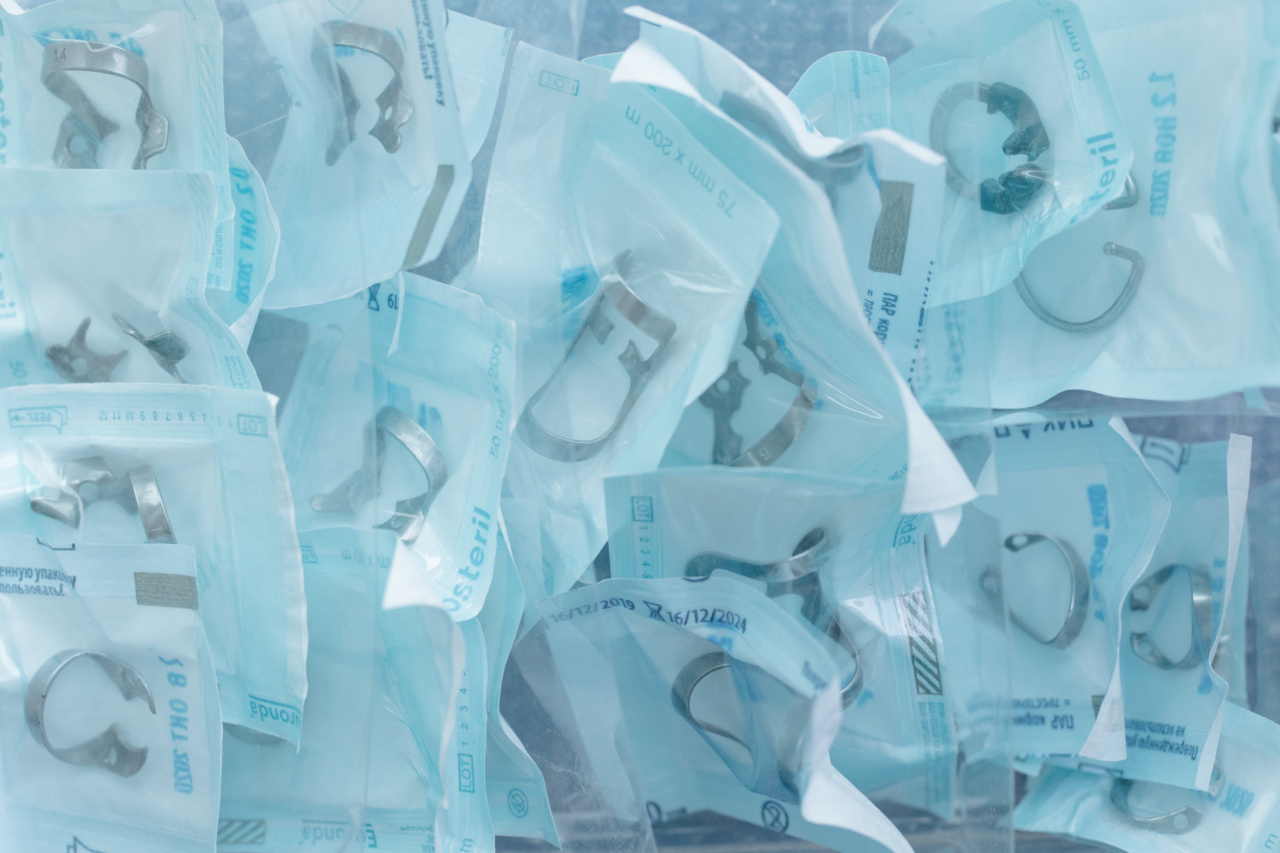Mycoplasma, a genus of bacteria that lacks a cell wall, is a fascinating subject of study in the field of microbiology. Despite their simplicity, mycoplasmas are known for their ability to cause a range of infections and diseases in humans and animals.
In this article, we delve into the science behind mycoplasma, exploring their structure, characteristics, transmission, and the diseases they are associated with. Whether you are a student, healthcare professional, or simply curious about the world of microorganisms, understanding mycoplasma is essential for everyone.
What are Mycoplasmas?
Mycoplasmas are tiny bacteria that belong to the class Mollicutes, which literally means “soft skin.” Unlike most bacteria, mycoplasmas do not possess a rigid cell wall.
Instead, they are encased in a flexible cell membrane, allowing them to assume various shapes. Due to their small size and lack of a cell wall, mycoplasmas are often referred to as the smallest self-replicating organisms.
These unique characteristics give mycoplasmas the ability to evade the body’s immune system and cause persistent infections.
Mycoplasma Characteristics and Structure
Despite their simplicity, mycoplasmas exhibit distinctive features that set them apart from other bacteria:.
1. Lack of a cell wall: Mycoplasmas are the only bacteria that lack a cell wall. This makes them resistant to certain antibiotics, as many antibiotics target bacterial cell walls for treatment.
2. Variability in shape: Lacking a rigid cell wall, mycoplasmas can change their shape, size, and volume. They can appear as ellipsoids, filaments, or even irregularly shaped cells.
3. Reduced genome: Mycoplasmas have smaller genomes compared to other bacteria. They contain only a fraction of the genetic material found in more complex organisms, allowing them to survive with limited metabolic requirements.
4. Fast replication: Mycoplasmas are known for their rapid replication rate. Under optimal conditions, they can divide every 20 minutes, allowing them to quickly colonize and infect their host.
Transmission and Spread of Mycoplasma
Mycoplasmas can be transmitted through various routes, including:.
1. Respiratory droplets: Many mycoplasmas are respiratory pathogens. They can be spread via droplets released during coughing, sneezing, or talking. Close contact with an infected individual increases the risk of transmission.
2. Sexual contact: Certain mycoplasmas, such as Mycoplasma genitalium, can be sexually transmitted. Unprotected sexual activity with an infected partner can lead to the transmission of these bacteria.
3. Vertical transmission: Mycoplasmas can also be transmitted from mother to child during childbirth. This can result in neonatal infections that can be potentially severe.
4. Contaminated objects: Some mycoplasmas can survive on surfaces and objects. Direct contact with contaminated objects, such as shared utensils or towels, can lead to transmission if proper hygiene measures are not followed.
Mycoplasma-Associated Diseases
Mycoplasmas are responsible for a wide range of infections and diseases in humans and animals. Some notable mycoplasma-associated diseases include:.
1. Pneumonia: Mycoplasma pneumoniae is a common cause of pneumonia, particularly in younger individuals. It is often referred to as “walking pneumonia” due to its milder symptoms compared to other forms of pneumonia.
2. Genital infections: Mycoplasma genitalium, as mentioned earlier, is primarily associated with sexually transmitted infections. It can cause urethritis in men and cervicitis, pelvic inflammatory disease, and infertility in women.
3. Meningitis: Mycoplasma pneumoniae can also infect the central nervous system and cause meningitis. Although rare, mycoplasma-associated meningitis requires prompt medical attention due to its potential complications.
4. Respiratory tract infections: Various mycoplasma species, including Mycoplasma hominis and Mycoplasma fermentans, can cause respiratory tract infections like bronchitis and tracheitis.
5. Mycoplasma-associated arthritis: Some mycoplasmas, such as Mycoplasma arthritidis, can lead to joint inflammation and arthritis, particularly in young lambs and calves.
Diagnosis and Treatment of Mycoplasma Infections
Diagnosing mycoplasma infections can be challenging due to their fastidious nature and the need for specialized laboratory techniques. However, some common methods used for diagnosis include:.
1. PCR (Polymerase Chain Reaction): PCR is a molecular technique used to detect the genetic material of mycoplasmas in patient samples. This method allows for a sensitive and specific diagnosis of mycoplasma infections.
2. Serological tests: Serological tests, such as enzyme-linked immunosorbent assay (ELISA), detect antibodies produced in response to mycoplasma infections.
These tests are helpful for diagnosing past infections or determining the immune status of an individual.
3. Culture: Mycoplasmas can be cultured using specialized growth media. However, this method is time-consuming and may require several days or weeks for results.
Once diagnosed, mycoplasma infections can be treated with appropriate antibiotics. However, due to the unique characteristics of mycoplasmas, some strains have developed resistance to commonly used antibiotics.
Therefore, selecting the appropriate antimicrobial agent requires careful consideration of the antibiotic’s efficacy and the specific mycoplasma species causing the infection.
Prevention and Control
Preventing mycoplasma infections involves practicing good hygiene and adopting preventive measures:.
1. Hand hygiene: Regularly washing hands with soap and water for at least 20 seconds can help prevent the transmission of mycoplasmas and other infectious agents.
2. Safe sexual practices: Practicing safe sex, such as using condoms and limiting sexual partners, reduces the risk of sexually transmitted mycoplasma infections.
3. Covering coughs and sneezes: Properly covering your mouth and nose with a tissue or your elbow during coughing or sneezing can help prevent the spread of respiratory mycoplasmas.
4. Disinfection: Regularly cleaning and disinfecting frequently touched surfaces and objects can reduce the risk of mycoplasma transmission.
5. Vaccines: Vaccines are available for some mycoplasma-associated diseases, such as Mycoplasma pneumoniae pneumonia. Following the recommended vaccination schedules can provide protection against these infections.
Conclusion
Mycoplasmas, the unique bacteria that lack a cell wall, have the ability to cause various infections and diseases in humans and animals. Understanding the science behind mycoplasma is crucial for individuals in all walks of life.
Knowledge about their structure, characteristics, transmission routes, associated diseases, and prevention measures can empower individuals to protect themselves and others from mycoplasma infections. By staying informed and adopting preventive measures, we can work towards minimizing the impact of mycoplasma-related health concerns in our communities.































